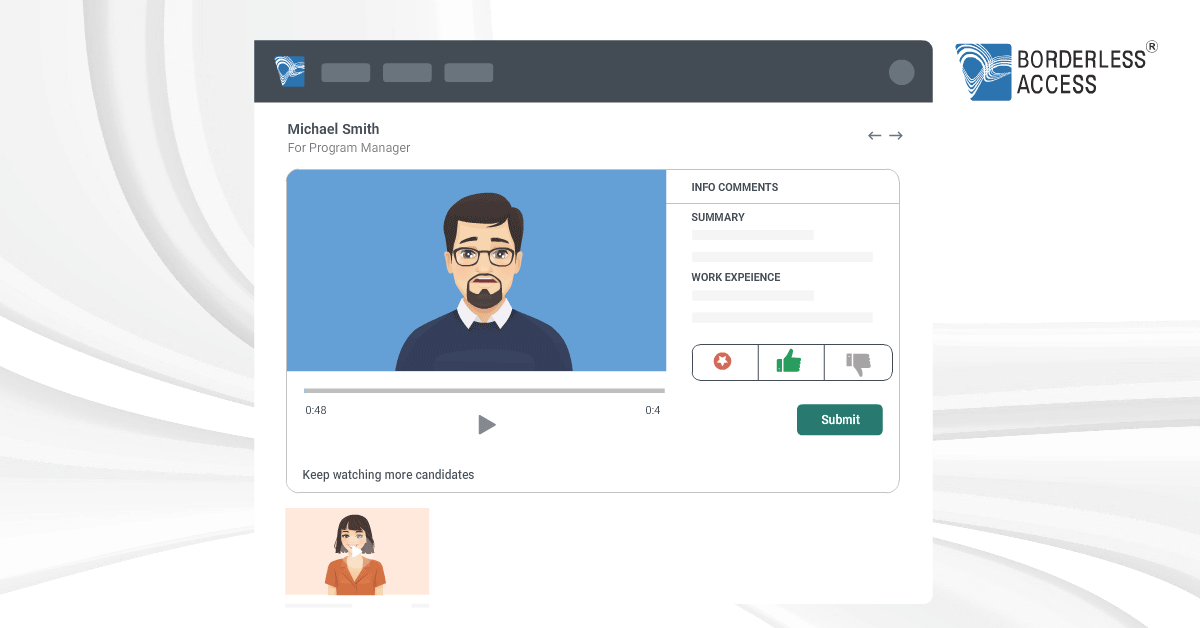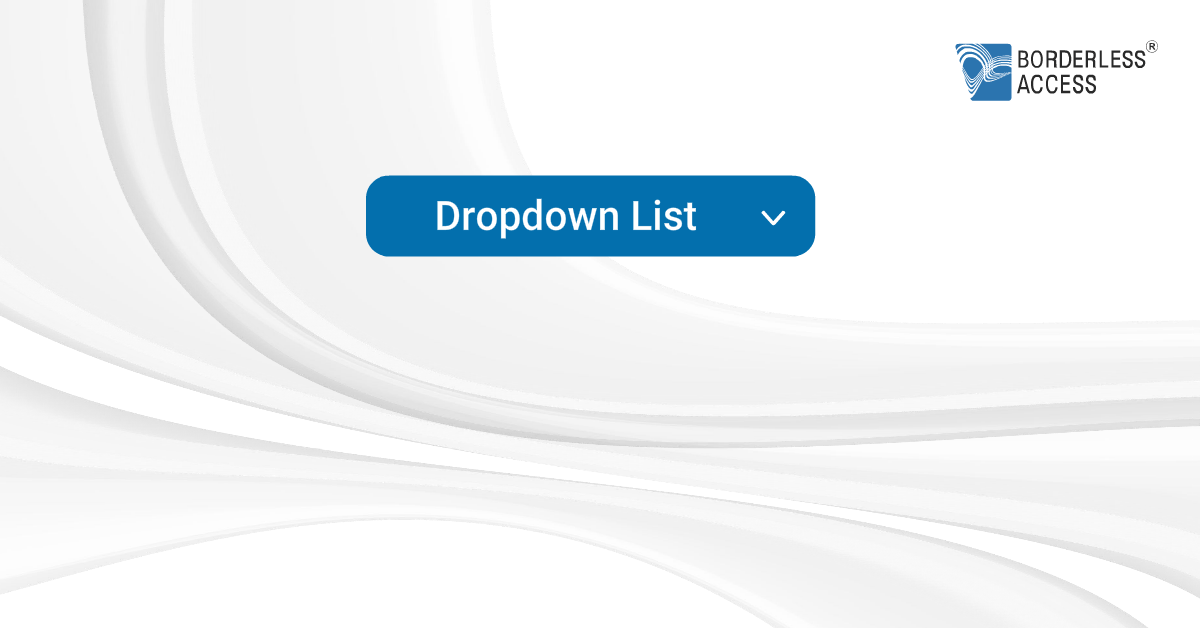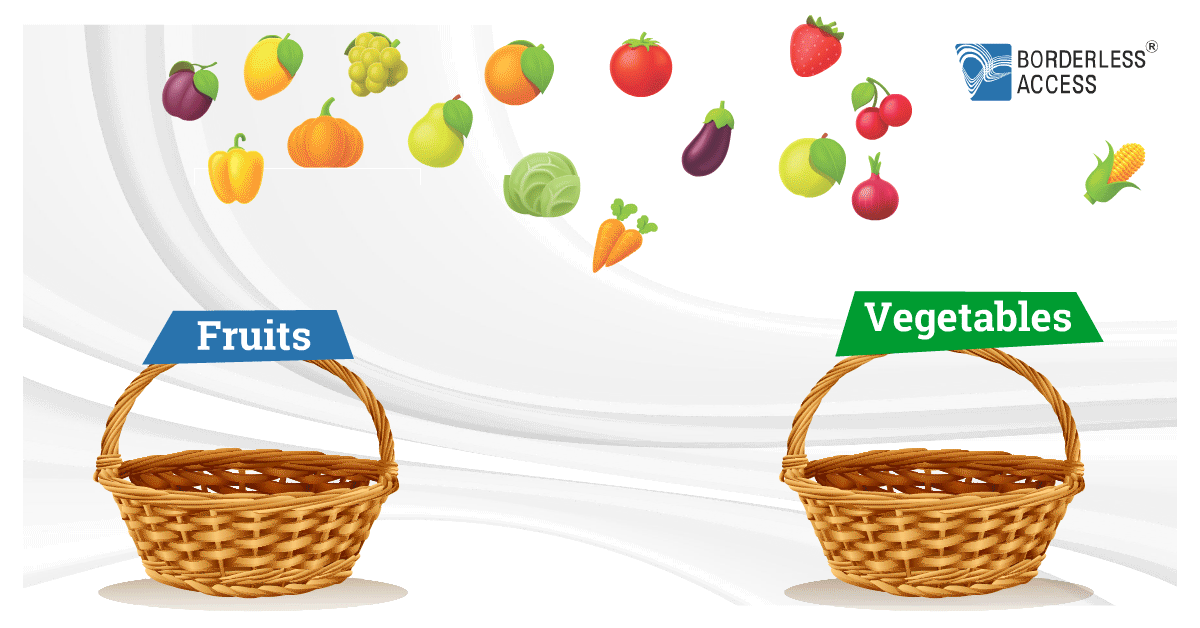In a world that is increasingly influenced by technology, games are a critical topic of discussion. During the last two decades, games have found acceptance across demographic groups. The growth of the gaming industry and its approach to all types of demographics have enabled companies to develop varied persuasion techniques to motivate users to take specific tasks. One of these techniques is gamification. Even though the technique has been around for a long time, its usage in fields like marketing, healthcare, and education, among many others, was only identified in the late 2000s.
One of the first examples of gamification in the field of healthcare was an exercise platform presented by Nintendo in 20171. This and many more use cases of gamification can be identified in different fields. However, one of the segments that have seen rapid integration of gamified elements into its processes is market research, specifically during data collection via online surveys. The response rates to online surveys were decreasing gradually, and the question of how to improve them and increase the quality of data led to the answer being gamification.
What Does The Gamification Of Surveys Mean?
Gamification in surveys is a fusion of engagement and market research.
Survey gamification is the ingenious application of gamified elements and principles in a survey tailored specifically for market research. It brings forth the concept of gamification surveys, designed to captivate and involve participants in a thrilling and interactive manner.
At its core, gamification aims to create or replicate experiences that one goes through while gaming in a non-leisure context, enticing and motivating users to participate actively. In today’s fiercely competitive business landscape, it comes as no surprise that gamification quickly found its way into the market research sphere. Some of the key techniques that fall under the umbrella of survey gamification:
1. Video Bites for Expressive Responses
In a world where brevity reigns supreme, video bites emerge as a refreshing approach to survey participation. Gone are the days of lengthy written answers; instead, respondents are empowered to record their responses through captivating video snippets. With video bites, participants can convey their thoughts, feelings, and opinions with unmatched authenticity. The human aspect of communication comes alive as emotions are portrayed through body language and facial expressions. The result? Spontaneous and honest answers that breathe life into the survey experience.

2. Elevating Surveys with Sentiment Analysis
Gamifying surveys can involve incorporating sentiment analysis features. By allowing participants to express their emotions through emojis or rating scales, researchers can gain deeper insights into their opinions while keeping the survey interactive.

3. Text-to-Speech for Effortless Survey Participation
Rather than typing out lengthy responses, participants can use text-to-speech functionalities. This feature allows them to express their thoughts verbally, further reducing the tediousness of traditional survey-taking methods.

4. Collapsible Lists for Easy Navigation
Long grid questions with multiple rows can be condensed using collapsible sections. Participants can navigate through the survey by expanding and collapsing these lists, making the process more manageable and visually appealing.

5. Engage Participants with Range Buckets
Researchers can engage participants by asking them to categorize items into specific range buckets. This interactive task not only encourages critical thinking but also helps researchers analyze the patterns and choices made by participants.

Elevating Engagement And Insights
While the element of fun is an important aspect of gamified surveys, it is crucial to recognize that their significance goes beyond mere entertainment value. By introducing gamification, respondents are motivated to take the survey, resulting in higher-quality answers. This is particularly beneficial for market researchers, as it leads to more reliable and valuable data for analysis.
Beyond engaging respondents, survey gamification sparks greater interest among potential participants, resulting in higher response rates. The immersive and interactive nature of gamified surveys minimizes boredom, keeping participants engaged and enthusiastic throughout the entire survey journey. As a result, survey attrition rates plummet, ensuring a robust pool of valuable data.
At its core, gamification in market research taps into the innate human desire for fulfillment and achievement. By crafting an experience that aligns with this intrinsic need, respondents feel a sense of growth and accomplishment as they progress through the survey. This elevated user experience enriches their perception of the survey and reinforces positive associations with your brand, ultimately fostering consumer loyalty and increasing brand awareness.
Beyond the immediate benefits, the gamification of online surveys also carries the potential to foster user engagement and loyalty. A positively engaging survey experience, especially one that includes explicit brand mentions, leaves a lasting impression on participants. Their favorable association with your brand strengthens their loyalty and deepens their connection to it.
With purpose-driven gamification techniques, surveys become a compelling exercise for participants while catering to the needs of researchers. This approach ensures that participants invest the right amount of time and effort, resulting in high-quality responses. Moreover, the interactive nature of purpose-driven gamification streamlines the research process, making data analysis more efficient and insightful.
Survey gamification offers a powerful and dynamic solution, transforming conventional surveys into captivating experiences. By embracing gamified elements, researchers can captivate participants, simplify data collection, and unlock invaluable insights that shape the future of research. The fusion of entertainment and research yields a potent formula that redefines the way we approach market research, setting the stage for exciting and impactful discoveries.







